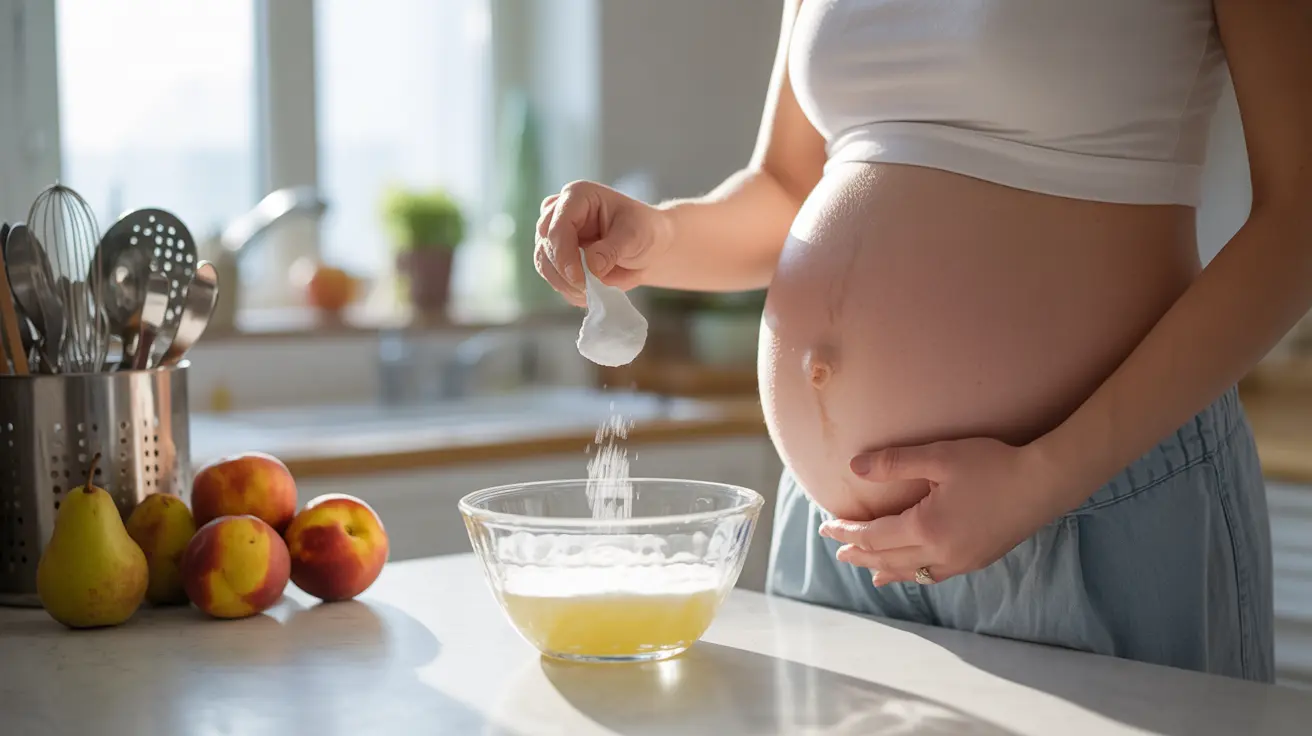During pregnancy, many expectant parents are eager to discover their baby's sex, leading some to explore DIY methods like the baking soda gender test. This simple home experiment has gained attention on social media and parenting forums, but it's important to understand what science actually says about its effectiveness.
While the baking soda gender test may seem like an appealing early prediction method, it's crucial to approach such home-based gender prediction tests with a healthy dose of skepticism and understand their limitations.
How the Baking Soda Gender Test Works
The baking soda gender test involves mixing a pregnant person's urine with baking soda and observing the reaction. According to popular belief, if the mixture fizzes or bubbles, it supposedly indicates a boy, while no reaction supposedly indicates a girl.
The test is based on the theory that pregnancy hormones affect the pH levels of urine differently depending on the baby's sex. However, this theoretical foundation lacks scientific support.
Scientific Perspective on the Test's Accuracy
Medical research has not found any correlation between urine pH levels and fetal sex. Multiple factors can influence urine pH, including:
- Diet and nutrition
- Hydration levels
- Time of day
- Medical conditions
- Medications
- Overall health status
These variables make the baking soda test unreliable as a gender prediction method. Any correct predictions are likely due to chance, with approximately 50% accuracy – the same odds as simply guessing.
Safe and Reliable Methods for Gender Determination
Instead of relying on unproven home tests, several medical procedures can accurately determine your baby's sex:
Ultrasound
Usually performed around 18-20 weeks, ultrasound screening is the most common method for determining fetal sex, with approximately 95% accuracy.
Non-invasive Prenatal Testing (NIPT)
This blood test can determine fetal sex as early as 10 weeks with over 99% accuracy, while also screening for chromosomal abnormalities.
Genetic Testing
Procedures like amniocentesis and chorionic villus sampling (CVS) can definitively determine fetal sex, though these are typically performed for genetic screening rather than gender determination alone.
Safety Considerations
While the baking soda gender test is generally harmless when proper hygiene is maintained, there are some considerations to keep in mind:
- Always use clean containers and fresh baking soda
- Avoid direct skin contact with urine
- Don't rely on the test for medical decisions
- Consult healthcare providers about safe gender determination methods
Frequently Asked Questions
Does the baking soda gender test actually work to predict baby's sex, and is there any science behind it?
No, there is no scientific evidence supporting the baking soda gender test's accuracy. The test's results are purely coincidental, with about 50% accuracy – the same as guessing.
How do you do the baking soda gender test at home, and what are the supposed results for a boy versus a girl?
The test involves mixing a small amount of urine with baking soda. According to folklore, fizzing indicates a boy, while no reaction suggests a girl. However, these results are not scientifically valid.
What are some reliable medical ways to find out my baby's sex during pregnancy instead of using the baking soda test?
Reliable methods include ultrasound (18-20 weeks), NIPT blood testing (from 10 weeks), and genetic testing procedures like amniocentesis or CVS when medically indicated.
Can things like diet, hydration, or health conditions affect the results of the baking soda gender test?
Yes, numerous factors including diet, hydration, medications, and health conditions can affect urine pH levels, which is why the test results are unreliable for gender prediction.
Is there any risk or harm in trying the baking soda gender test during pregnancy?
While the test is generally harmless when proper hygiene is maintained, it's important not to rely on its results for any medical decisions and to use validated medical methods for determining fetal sex.




